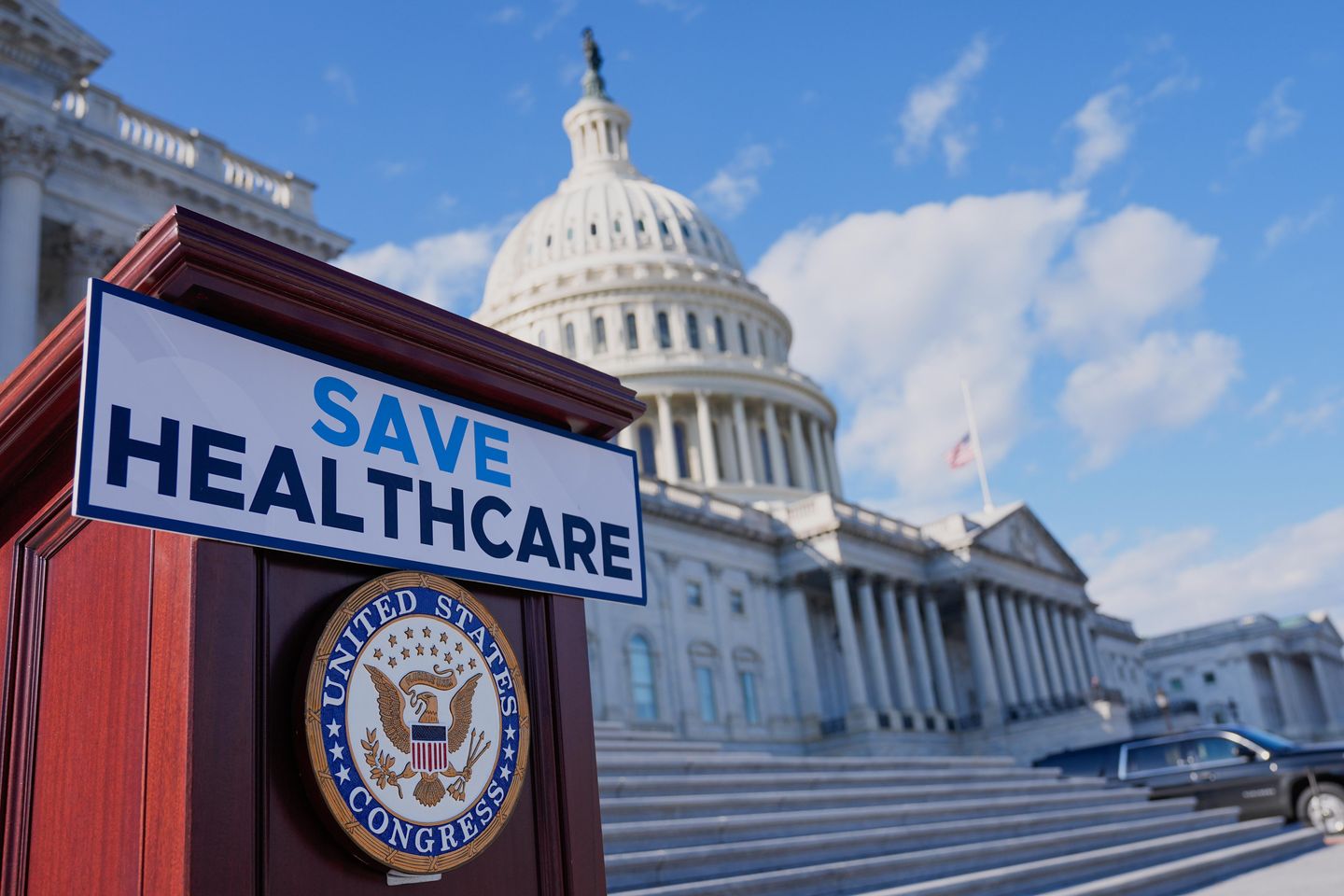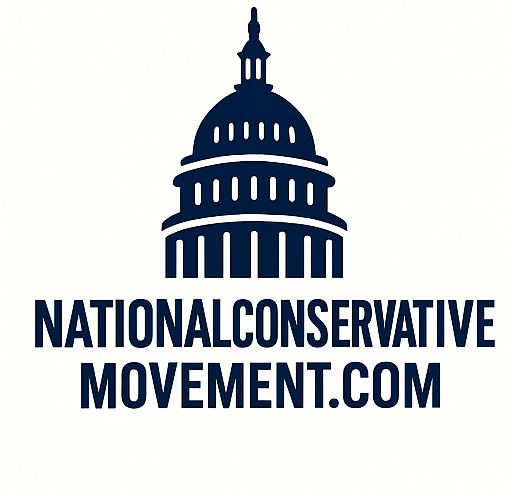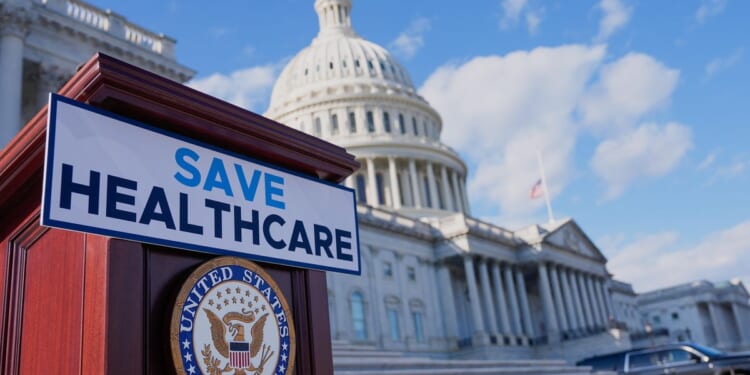
Congressional Republicans are considering tax-exempt health savings accounts as their preferred vehicle to deliver on President Trump’s call to send taxpayer-funded health care subsidies directly to consumers instead of insurers.
Lawmakers are wrestling over the best approach to providing government aid to Americans struggling with high health care costs as a pandemic expansion of Obamacare premium subsidies is set to expire at the end of the year.
Republicans say providing aid to consumers through HSAs will give them more flexibility over their health care choices than the enhanced subsidies, which are tax credits mostly paid in advance to insurance companies to lower what Obamacare customers pay out of pocket for their premiums.
“We need to take part of this $150 billion that we’re giving to big insurance companies every year and put that in the hands of patients and let them become consumers again,” said Sen. Roger Marshall, Kansas Republican. “Let’s give consumers choices.”
Democrats counter that HSAs are used predominantly by wealthier families and won’t do enough to help lower-income families afford health insurance. They note that HSA funds can’t be spent on premiums and have annual contribution limits that are insufficient to cover major health expenses.
“HSAs are nonstarters for Democrats because they are deeply flawed and woefully insufficient for our nation’s health care problems,” said Senate Minority Leader Charles E. Schumer, New York Democrat.
Under current law, consumers can open or contribute to an HSA only if they are enrolled in high-deductible health insurance plans. Those plans cover preventive care, but consumers typically pay most other expenses out of pocket until they reach their deductible amount, at which point insurance coverage kicks in.
Individuals and their employers, as well as family members, can contribute to an HSA without incurring taxes on those dollars, unless the money is later withdrawn for nonmedical expenses.
Consumers can use their tax-free HSA dollars to cover deductible costs, co-payments, prescription drugs and other qualified medical expenses. They have the flexibility to purchase items that are not typically covered under health insurance, such as over-the-counter medications, dental care, eye exams, glasses and contact lenses.
“If somebody does have money in an HSA, they’re now more likely to look for lower cost alternatives,” Steve Neeleman, founder and vice chairman of HealthEquity, the nation’s largest HSA administrator, told The Washington Times.
The high-deductible health care plans that qualify for HSAs have minimum deductibles of $1,700 for individuals or $3,400 for families and total annual out-of-pocket limits that do not exceed $8,500 for individuals or $17,000 for families.
Republicans changed the law this year to allow HSAs for consumers purchasing bronze and catastrophic health insurance plans on the Obamacare exchanges, with maximum out-of-pocket costs that exceed those IRS-defined limits.
Premium costs for high-deductible plans are typically lower than those for plans with lower deductibles and broader categories of medical expenses that are not subject to the deductible. However, HSA dollars cannot be used to pay for premiums, except for people who are unemployed and enrolling in COBRA coverage.
HSAs have annual tax-exempt contribution limits, which the IRS adjusts annually for inflation. In 2026, the limits are set at $4,400 for individuals and $8,750 for families. Enrollees 55 or older can provide an additional $1,000 “catch-up” contribution each year.
Unspent money in HSAs rolls over from year to year, unlike tax-exempt flexible spending accounts.
HSAs accumulate interest, and providers can offer account holders additional investment opportunities in which any gains are exempt from taxes.
Money can be withdrawn from HSAs for nonmedical expenses, but those funds are subject to taxes and an additional 20% penalty if the account holder is younger than 65.
The accounts are portable if a consumer changes insurance coverage, but they can make additional contributions only if they remain enrolled in a high-deductible plan.
HSAs provide a place for families to save for their immediate health care needs and long term for retirement, Mr. Neeleman said. “But also it becomes an incentive for them to stay healthy.”
Democrats point to a recent Government Accountability Office report to claim HSAs are “just another tax break for the wealthy,” as House Ways and Means ranking member Richard Neal, Massachusetts Democrat, put it.
“At a time when the people are being socked with higher costs everywhere they turn, they don’t have the resources to dedicate to HSAs,” he said. “Rather, they need a health care system with lower costs, not just a new place for those with money to hoard it tax-free.”
The GAO examined IRS data and market reports and surveyed a “diverse sample” of nine HSA providers. The report found that HSA usage was “more common among those with higher incomes, Asian or White individuals, those in excellent or very good health, and those with employer-sponsored plans.”
The report said that of the roughly 43 million people ages 18 to 64 enrolled in high-deductible plans, just under half had an HSA or another linked tax-advantaged savings account.
The share with HSAs or other linked accounts increased in tandem with income levels. Only 32% of high-deductible plan enrollees earning less than $64,000 a year ($128,000 for a family of four) had HSAs or similar accounts, compared with 62% earning $150,000 or more ($300,000 or more for a family of four).
Mr. Neeleman said HealthEquity has not seen a massive income gap among its more than 10 million HSA account holders.
“We found that the average household income is right around what the average household income is for America … around $72,000,” he said. “These are just hardworking Americans that are finding ways to be very thoughtful about preparing for their immediate needs and their future retirement needs.”
The GAO report found that just over half of individuals and families enrolled in employer-sponsored, high-deductible plans (52%) had HSAs, compared with 14% of individual market purchasers.
Republicans seek to broaden that share of consumers buying insurance in the individual marketplace by allowing them to receive government subsidies in an HSA. The proposals for doing so vary.
Sen. Bill Cassidy, Louisiana Republican, floated a plan to redirect the government money that would be spent if the enhanced Obamacare premium subsidies were extended — $23 billion in 2026, and $350 billion over 10 years, according to the Congressional Budget Office — into HSAs.
He said that would give incentives to many consumers to switch from Obamacare plans with higher premiums, such as the benchmark silver plans, to the lower premium, high-deductible bronze plans because the subsidy should be able to offset the cost of the deductible.
Mr. Cassidy said government subsidization of HSAs would address the income disparity issue found in the GAO report.
“We are pre-funding these. They’re not funded out of someone’s paycheck,” he said.
Douglas Holtz-Eakin, president of the American Action Forum, testified at a Senate Finance Committee hearing last week that putting $4,000 into an HSA for everyone with a bronze plan would lower the government’s cost more than continuing the enhanced premium tax credits.
“You [would] see obvious migration to the bronze plans and people using the HSA to manage their finances, and you get reductions in some of the premiums,” he said.
Sen. Rick Scott, Florida Republican, introduced the More Affordable Care Act to allow states to seek federal waivers to replace existing Obamacare subsidies, including the premium tax credits, with government contributions to HSA-style accounts named Trump Health Freedom Accounts.
Consumers who already have HSAs could roll over those funds into the Trump accounts.
Unlike traditional HSAs, the Trump accounts could be used to pay for insurance premiums, but not for plans that cover abortions or gender transition procedures.
Democrats have said any Republican attempt to ban abortion coverage is a nonstarter and that they prefer to extend the enhanced Obamacare premium subsidies over funding HSAs.
However, Mr. Cassidy and Mr. Marshall said they have had private conversations with Democrats who say HSAs could be part of a compromise plan.
Democrats would probably make their own demands to place restrictions on the use of HSAs.
Rep. Lloyd Doggett of Texas, the top Democrat on the House Ways and Means health subcommittee, introduced the Health Savings Accounts Consumer Protection Act to crack down on perceived abuses.
His bill would eliminate eligibility for people older than 65 to withdraw HSA funds for nonmedical expenses without paying the 20% penalty and add other guardrails to ensure the accounts are used primarily for health care expenses.
Mr. Doggett’s legislation would also limit the amount of tax-exempt HSA contributions for people earning more than $200,000 annually.
“My bill seeks to establish reasonable guardrails to prevent waste, fraud, and abuse, and to ensure HSAs deliver more health, not just more tax shelter for the affluent,” he said.










